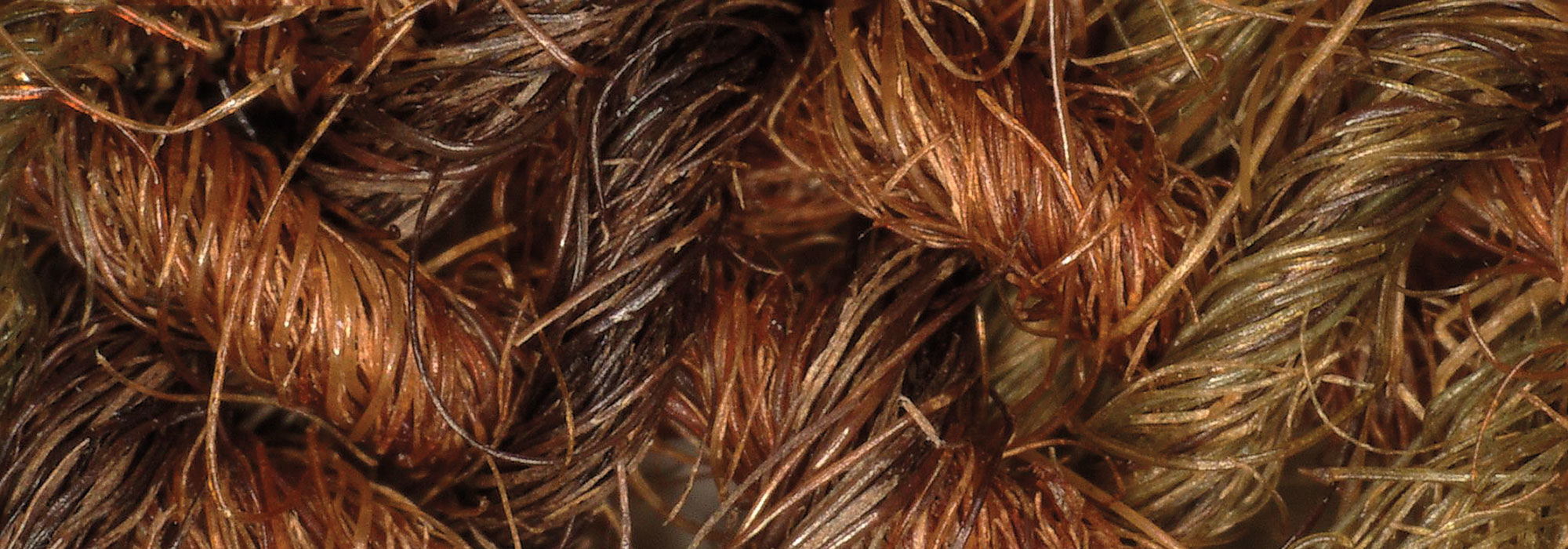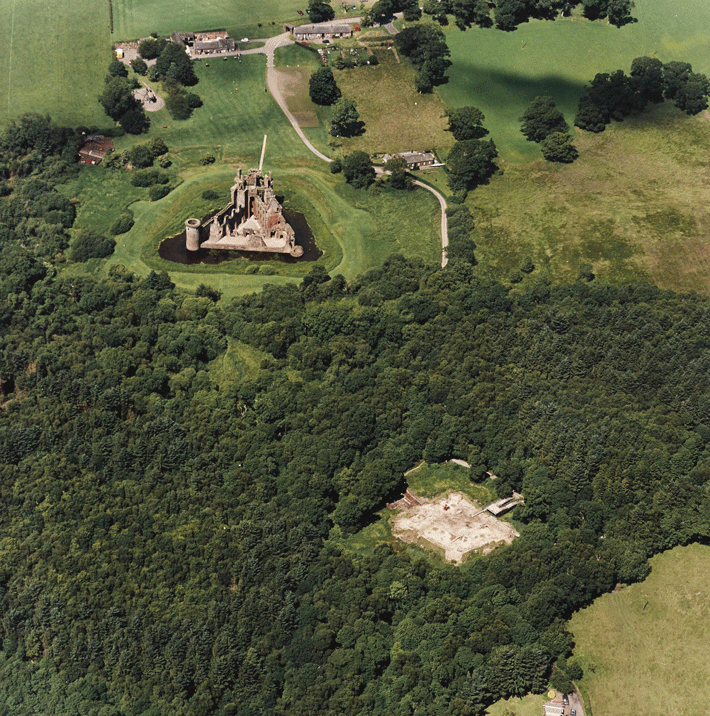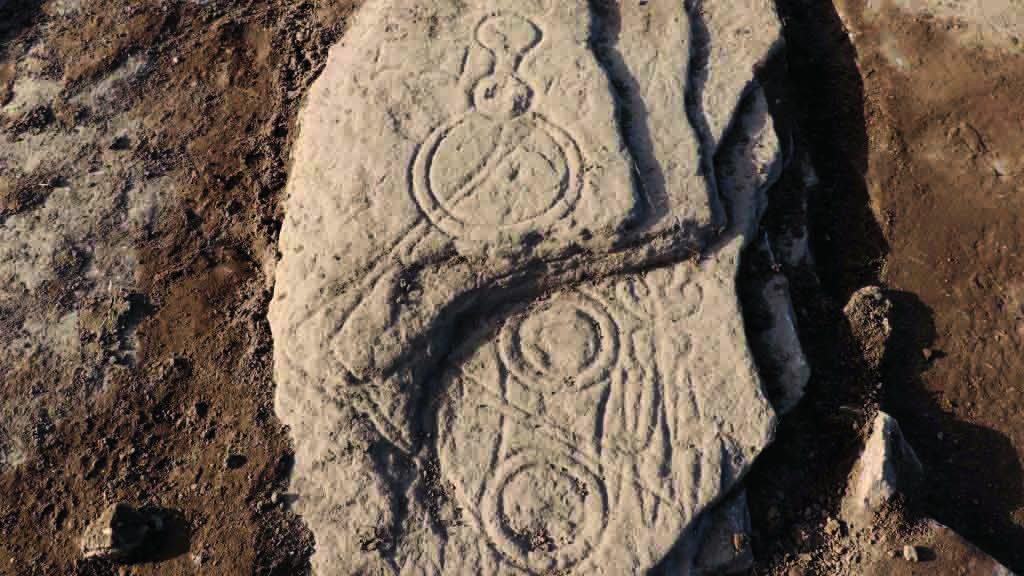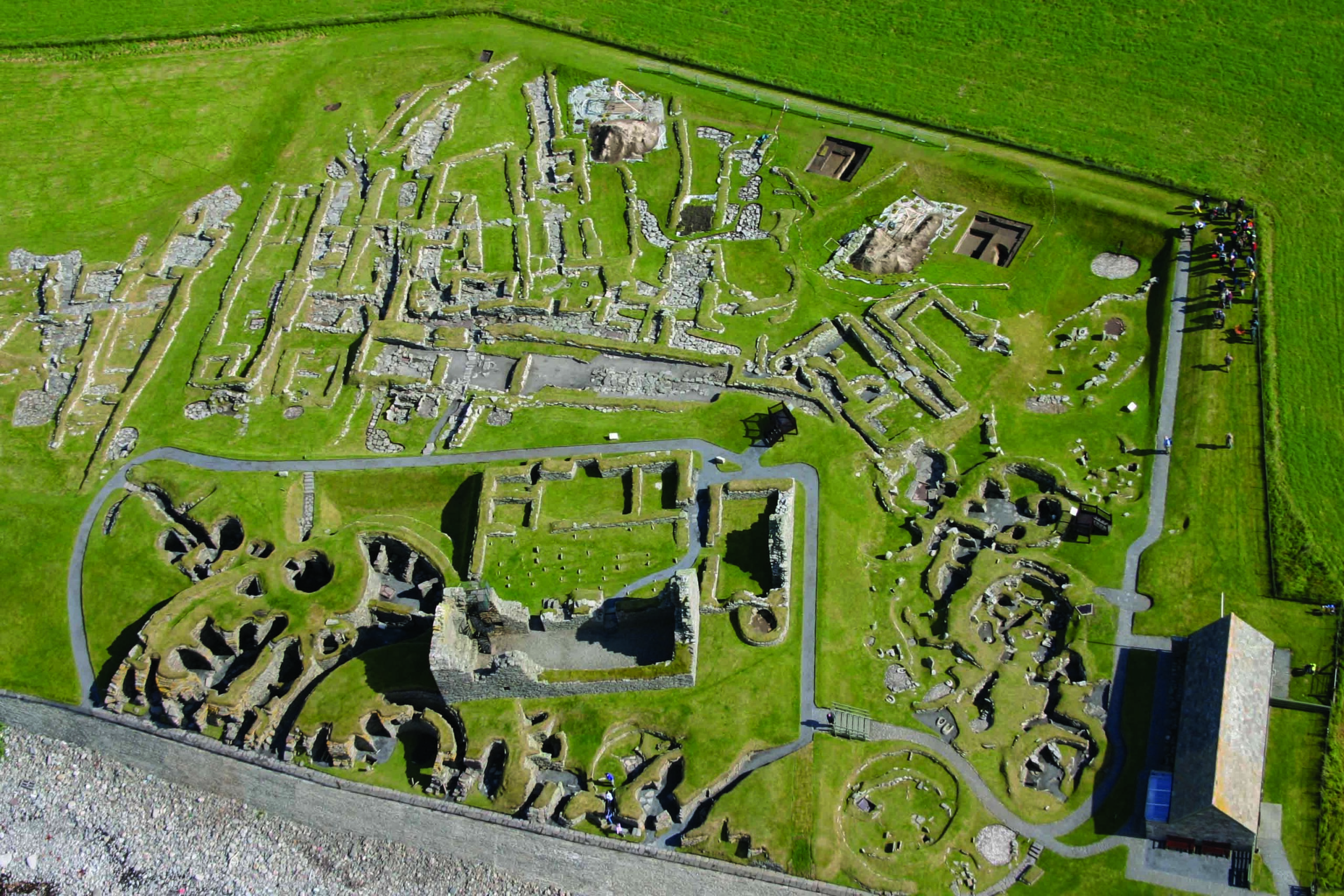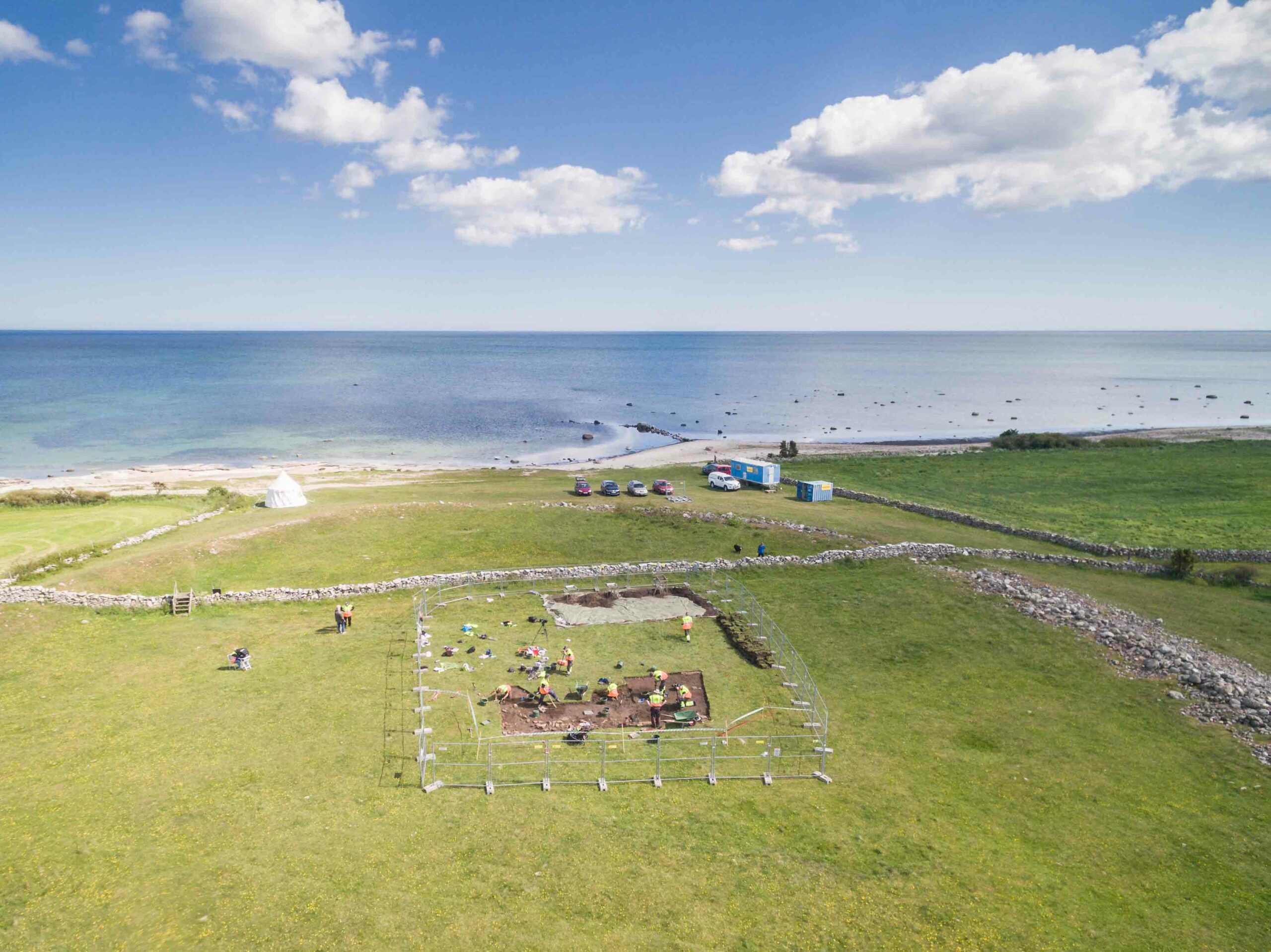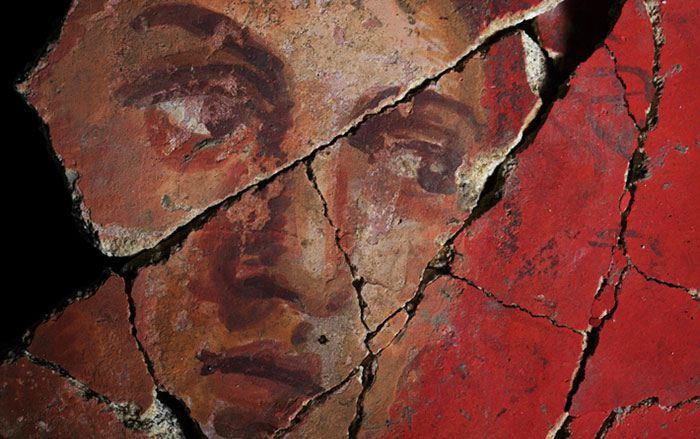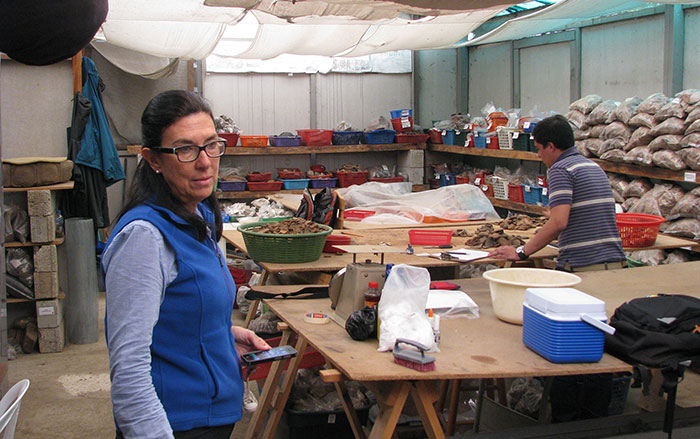
CARDIFF, WALES—Evolutionary biologist David Stanton of Cardiff University and his colleagues analyzed mitochondrial DNA obtained from 74 red deer bones from archaeological sites on the Scottish mainland, Orkney, and the Inner and Outer Hebrides. It had been thought that the deer had been transported by humans from the Scottish mainland to the islands because even 22,000 years ago, when sea levels were at their lowest, the islands would have been too far away for the deer to reach them by swimming. Science reports that the genetic tests revealed 14 sets of variations, or haplotypes, in the Scottish deer, and ten of those haplotypes were new and found only on the outer Scottish islands. And, none of the deer from the Outer Hebrides carry the haplotypes of deer from the mainland or the islands of the Inner Hebrides. Stanton suggests that the deer from the Outer Hebrides and from Orkney may have been brought to Scotland by Neolithic people from an as-yet-unknown location. They may have even come from western continental Europe, where red deer have an overall similar genetic profile. To read more about the prehistory of Orkney, go to "Neolithic Europe's Remote Heart."


